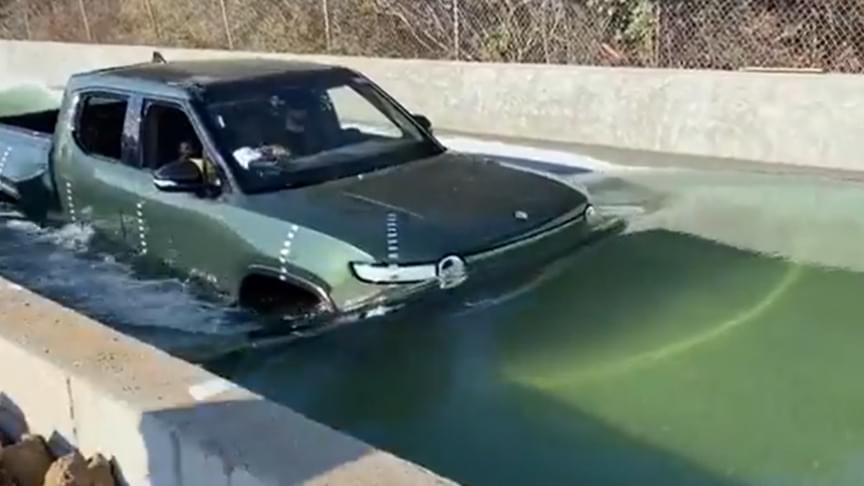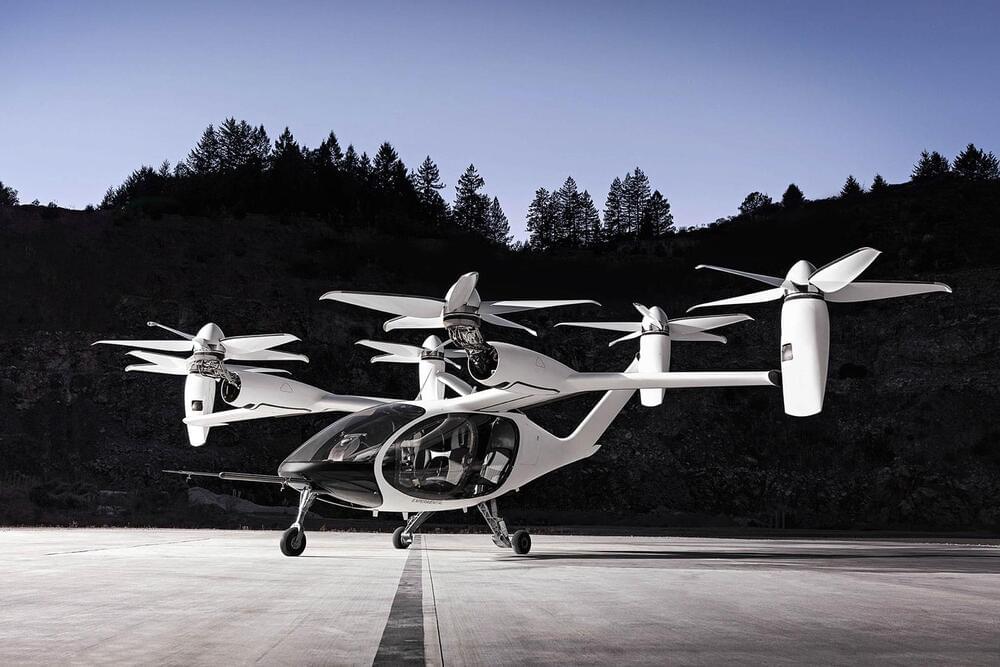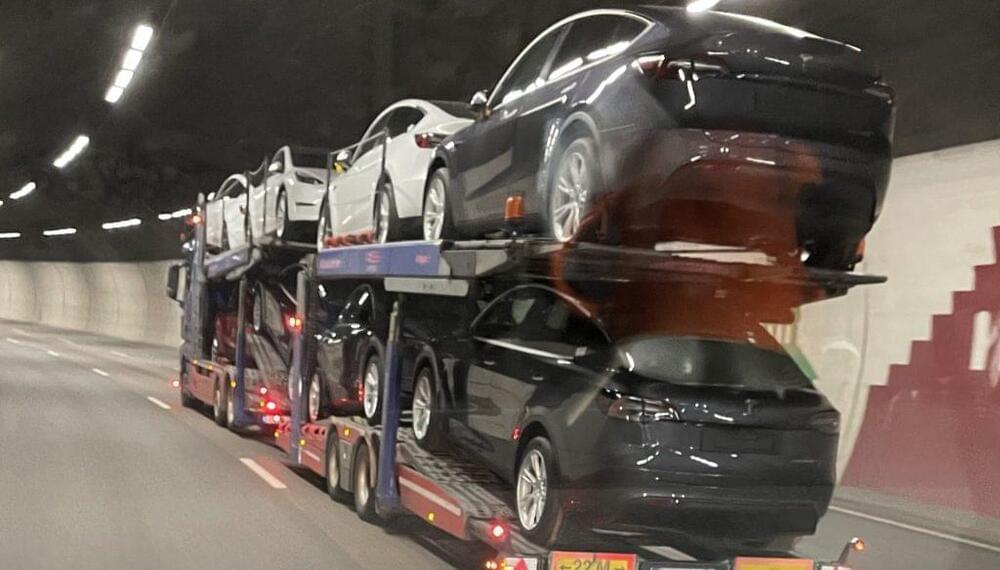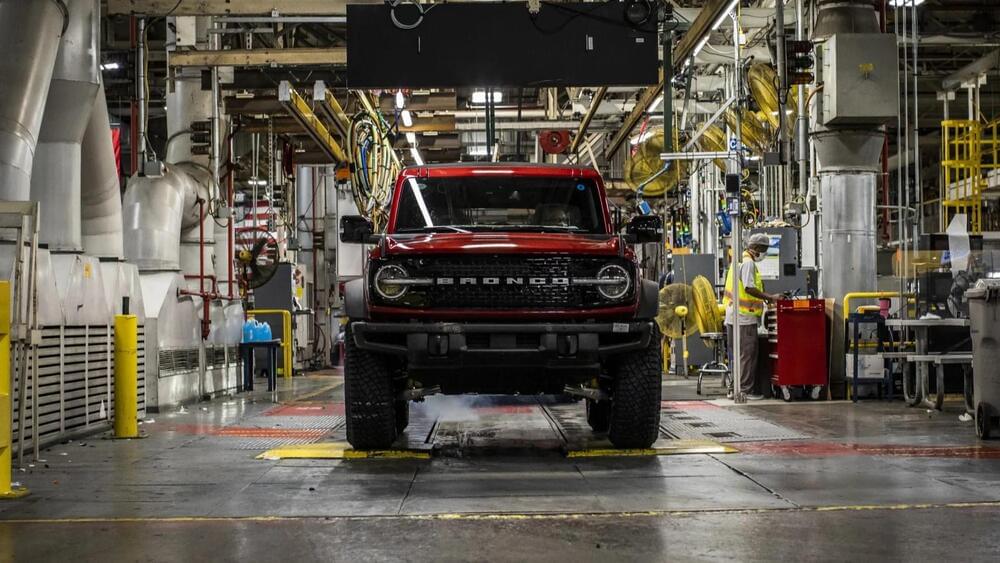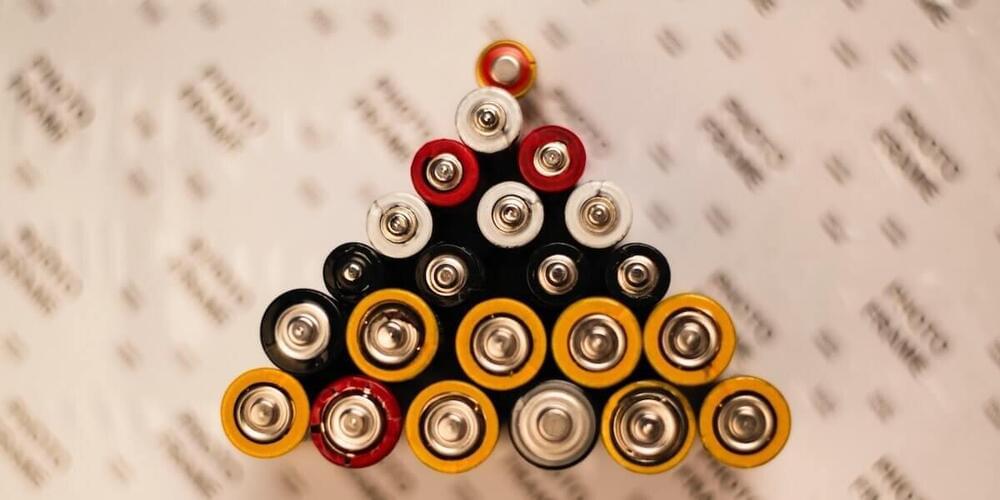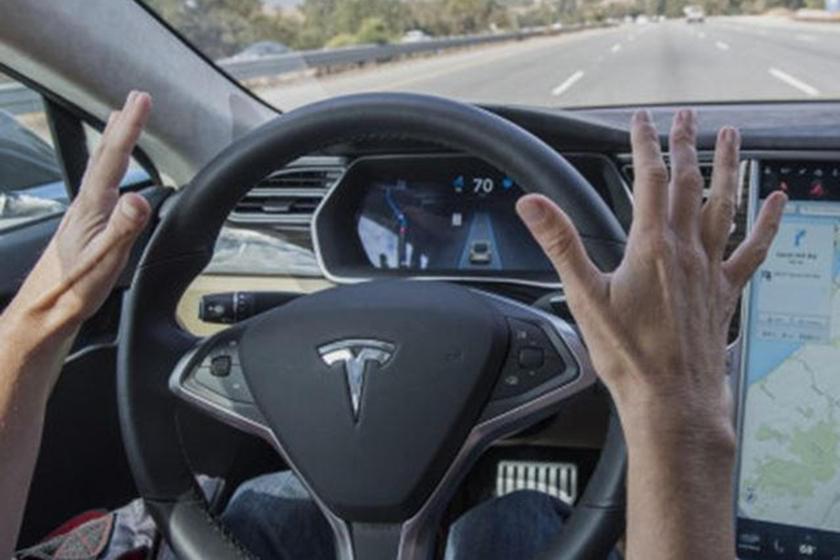Aug 31, 2021
Russian Startup Develops Detection Technology for Face, Bodies and Vehicles
Posted by Saúl Morales Rodriguéz in categories: information science, transportation
Russian start-up NTechLab has released FindFace Multi, a detection technology that uses an advanced algorithm to recognize not only faces, but also bodies of people and cars. This is an update to the company’s flagship product and is able to support numerous video streams and facial database entries.
Body recognition allows FindFace Multi users to count and search people moving through an environment as well as identifying individuals and tracking movements. The algorithm also takes into account markers such as height, color of clothes and accessories.
The vehicle recognition function determines the body type, color, manufacturer, and model of a car, as well as searching by license plate. Even if license plates, or parts of the vehicle are not visible or obscured, the system can still identify a car.

